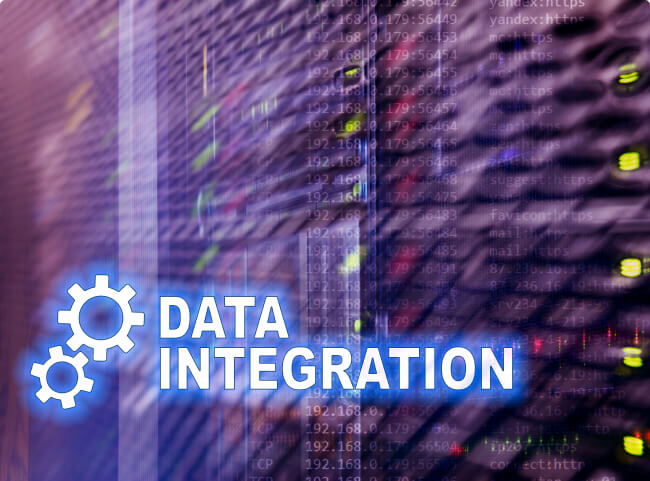

Education

Campus-wide Coverage
Ensure that the network covers the entire campus, including lecture halls, libraries, and common areas.

Student Safety
Use the network to enhance campus security measures such as video surveillance and emergency alerts.

Device Management
Ensure that the network can support a high volume of devices and provide the necessary security features to manage them.

Student Experience
Use the network to provide students with access to educational resources, online learning platforms, and other tools that enhance their academic experience.

Faculty Collaboration
Provide faculty members with access to collaborative tools that enable them to share and collaborate on research and other projects.

Remote Learning
Ensure that the network can support remote learning and virtual classrooms, allowing students to participate in classes from anywhere.

Cost Efficiency
Implement a network that is cost-effective and scalable, minimizing the need for frequent upgrades or replacements.

Network Performance
Ensure that the network is reliable and provides consistent performance, even during periods of high usage.

Integration
Ensure that the network can integrate with existing educational software and systems, allowing for seamless communication and data transfer.

Compliance
Ensure that the network meets all relevant compliance regulations, such as FERPA and COPPA, to protect student privacy and data security.



